Article Source: New Wisdom
What will the AI industry evolve into in 2024?

Image Source: Generated by Unbounded AI
OpenAI Chairman Greg Brockman once predicted on the last day of last year: 2023 will make 2022 look like AI development hasn't woken up yet.
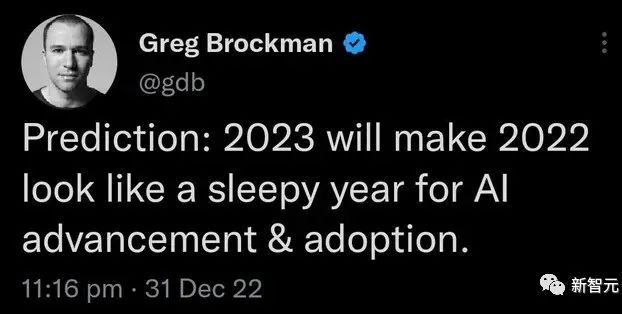
Sure enough, in 2023, the AI industry saw a comprehensive outbreak.
And yesterday, Clement Delangue, CEO of Hugging Face, the world's largest AI open source community, made 6 specific predictions about the industry's development in 2024:
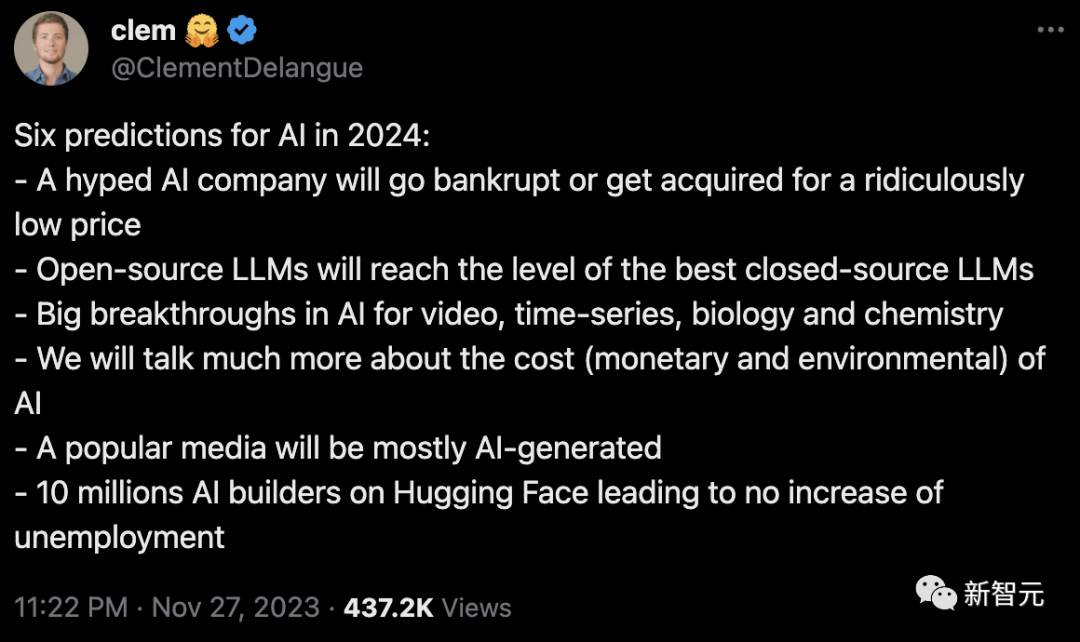
- A popular AI company will go bankrupt, or be acquired at an extremely low price.
- Open-source LLM will be able to achieve the same level of capability as the best closed-source LLM.
- AI will bring about significant breakthroughs in fields such as video, biology, chemistry, and time series.
- The public will pay more attention to the economic and environmental costs of AI.
- A popular media outlet will be filled with AI-generated content.
- 10 million AI developers on Hugging Face will bring new job opportunities, without causing a surge in unemployment.
If the breakthrough in the AI industry in 2023 mainly manifested in AI technology itself, these 6 new predictions have already indicated that in 2024, AI technology will further break through boundaries, and the impact of these breakthroughs will far exceed the scope of the AI industry.
Netizens also evaluated the likelihood of his 6 predictions, believing that the probability of 3 of them happening does not exceed 50%.

Some people also believe that all 6 predictions are very reliable, and even some of them have already happened.
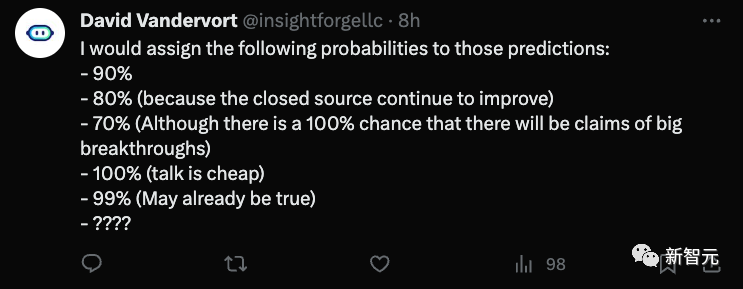
The First Wave of AI Companies Will Experience a Wave of Bankruptcies
Regarding the first prediction, combined with the recent turmoil at OpenAI, netizens have started to make sarcastic remarks.
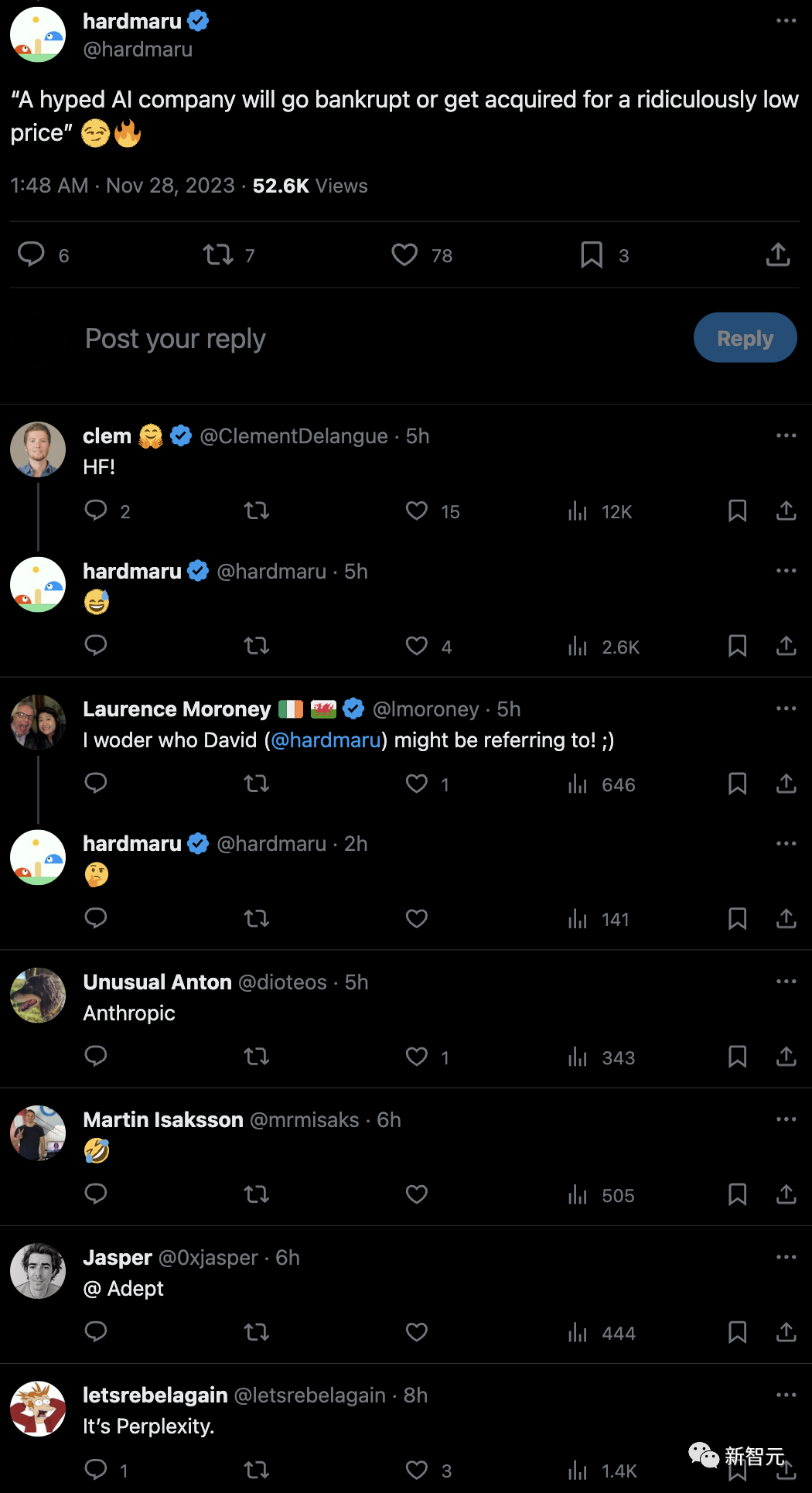
Clement quickly came out to clarify, "I predicted myself."
Netizens also made various speculations, mentioning star startups such as Adept and Perplexity.
However, similar events have already occurred in 2023. Jasper AI, a once valued at over $1.5 billion AI startup, known as the "ancestor of GPT," had negative news in July about layoffs and an 80% decrease in valuation.
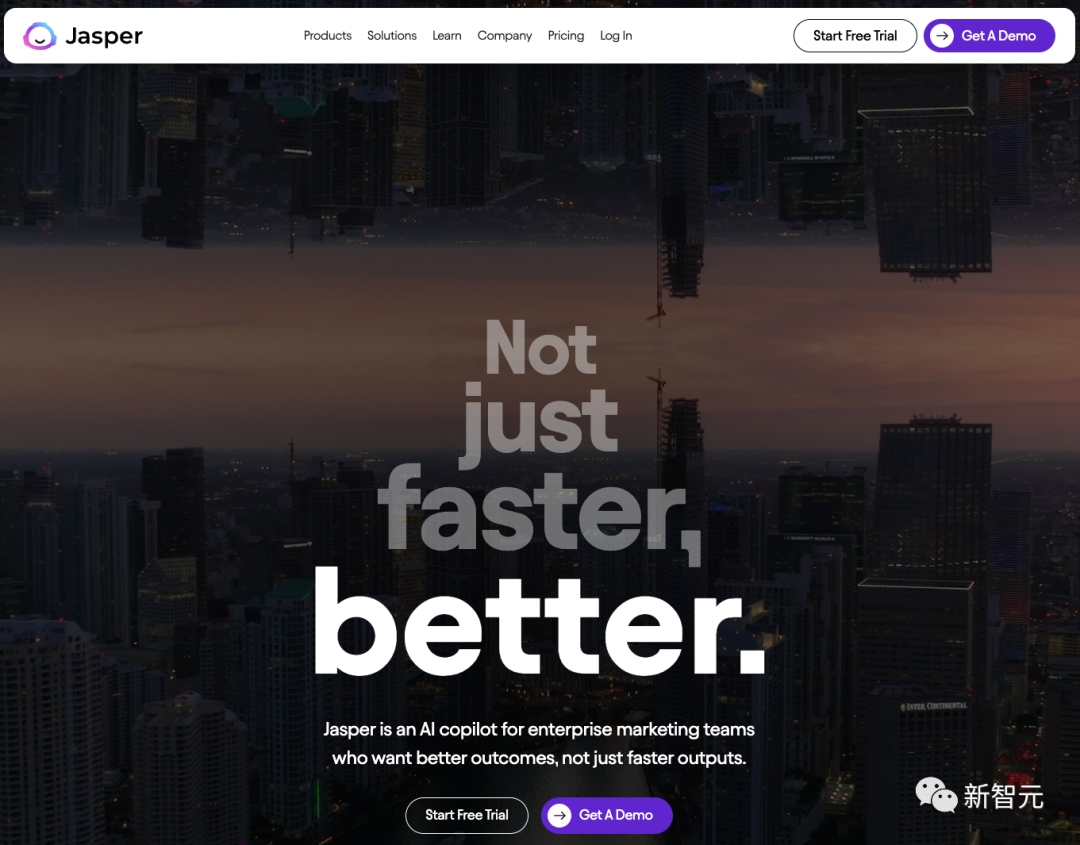
And after OpenAI launched GPTs, it is foreseeable that the path for various AI companies based on OpenAI technology will become increasingly narrow.
If they cannot find a way to independently create value in the future, it would not be surprising for them to go from a valuation of over $1 billion to bankruptcy or being acquired at a low price.
Open Source vs. Closed Source
The gap between open-source and closed-source AI will further widen or narrow in the future, and industry leaders, AI open-source companies, researchers, and users have always had different opinions.
From the revelation by a Google engineer at the beginning of the year: OpenAI and Google have no moats, and open-source AI is their biggest competitor.
On the other hand, there are constantly open-source models in various fields claiming to be close to or even surpassing GPT-4.

The Berkeley team recently announced Starling-7B, which, through RLAIF, surpasses all other models in certain benchmark tests, approaching the level of GPT-4.
Project link: https://starling.cs.berkeley.edu/
Even open-source models of 7B size claim to be on par with GPT-4 in certain specific tasks.
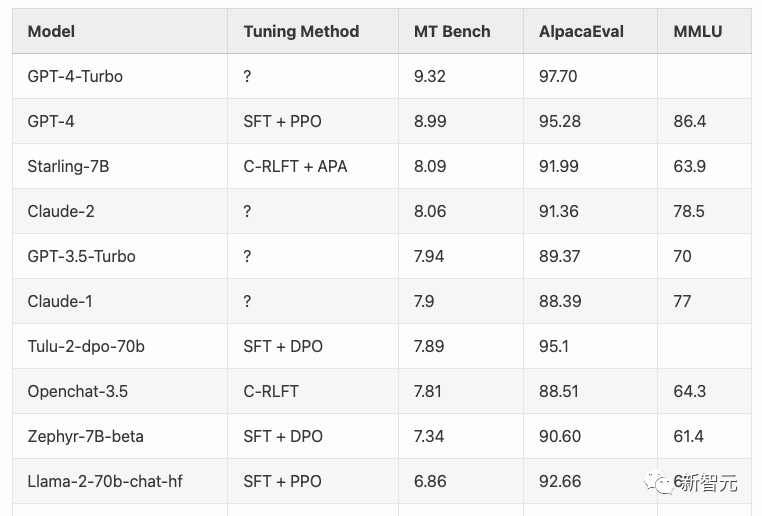
The big shots developing closed-source models claim that the difference between open-source and closed-source may be 3-5 years.
And there is also a lot of controversy among netizens regarding the second prediction.
"Due to the huge gap in computing power between open-source and closed-source, it is still very difficult for open-source to catch up with closed-source."
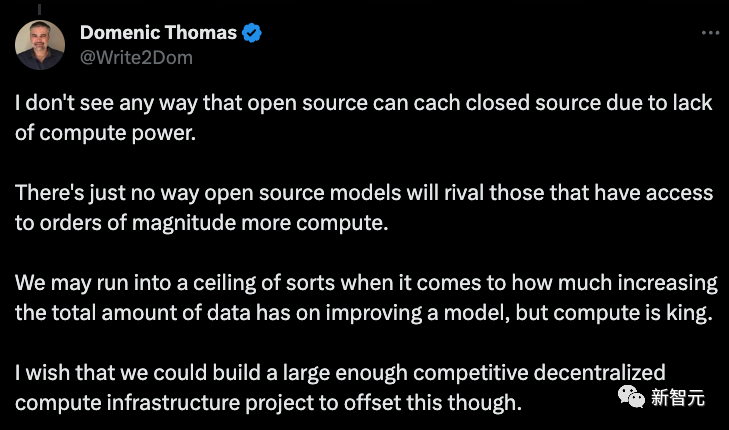
"I don't understand why the gap between open-source and closed-source would narrow. After all, all the knowledge and technology of open-source models are shared, while closed-source AI always has something unique to them."

AI For Science
In the field of biology, DeepMind's AlphaFold has already surpassed human capabilities by predicting the structure of proteins, directly breaking through the forefront of biology.

And Microsoft recently published a report, attempting to demonstrate the value of GPT-4 as an academic research assistant in the fields of biology, computational chemistry, drug discovery, material design, and partial differential equations (PDE).

Paper link: https://arxiv.org/abs/2311.07361
In the view of Microsoft researchers, the research of basic science will be greatly accelerated by AI tools in the future.
Many tools and platforms that apply machine learning technology to various professional fields have emerged.

Project link: https://chemintelligence.com/our-platform

Netizens are also very optimistic about the breakthroughs that AI may achieve in the field of time series-related scientific research (Time-Series refers to the use of time series in statistics, signal processing, pattern recognition, econometrics, mathematical finance, and other applied science and engineering fields).

Some netizens even contributed a paper to explain why time series-related scientific research is important.
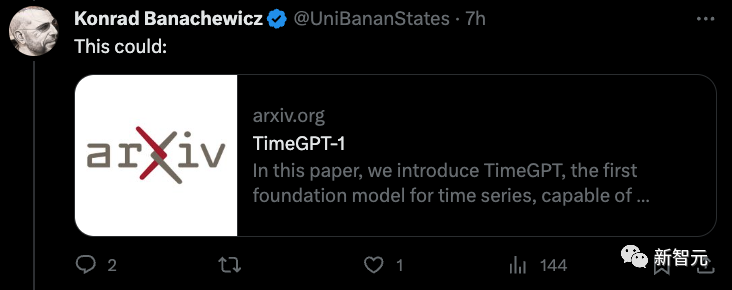
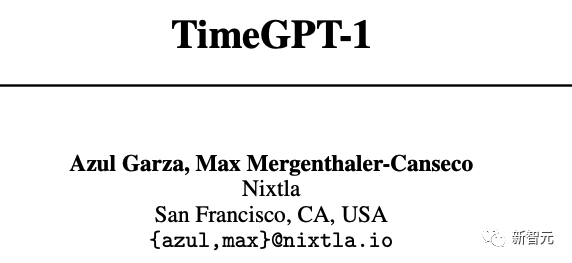
Paper link: https://arxiv.org/abs/2310.03589
"Finally, someone sees this. There are already very good Transformer models for time series."

Energy and Environmental Costs Caused by AI Elon Musk once discussed on a podcast that for the AI industry, the most important first principle thinking might be about the energy and intelligence output ratio. Therefore, he believes there is still a lot of room for improvement for Transformer models in this aspect.
Research by Alex de Vries, a data scientist at Vrije Universiteit Amsterdam in the Netherlands, predicts that by 2027, AI server clusters could consume 85 to 134 terawatt-hours of energy annually.

https://www.cell.com/joule/fulltext/S2542-4351(23)00365-3
Foreign media have also reported multiple times that the development of AI technology will lead to a sharp increase in energy and water resource consumption in the future.
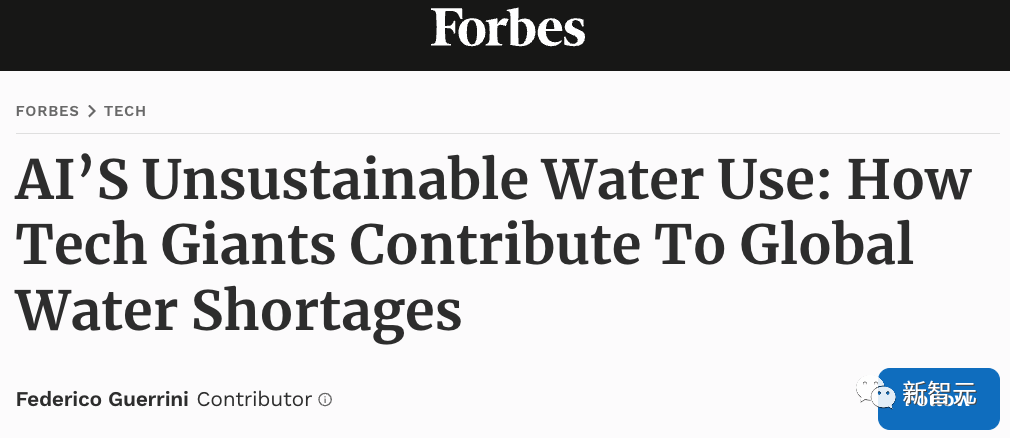
By 2027, AI energy consumption may be equivalent to the annual electricity consumption of Argentina, the Netherlands, or Sweden, which is 0.5% of global energy demand.
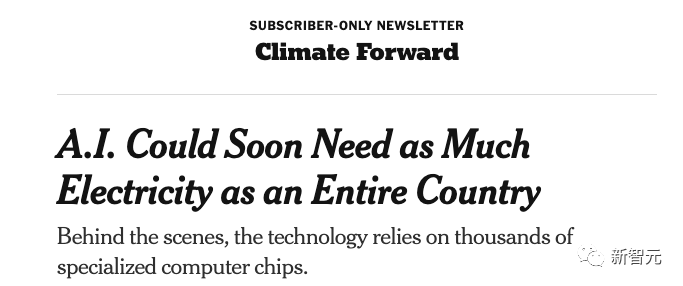
AI-Generated Content Filling the Media It is no exaggeration to say that AI-generated content for videos and images is advancing at lightning speed.
Just 1 or 2 years ago, it was hard to imagine that such an AI animation could be entirely generated by AI.
Recently, a co-founder of DreamWorks publicly stated that in the next 3 years, AI will reduce the cost of the animation industry by 90%!

Perhaps as early as next year, the creation of animated content will become more democratized, and the consequence will be that, like short videos sweeping the globe overnight, videos generated by Gen AI will become a very important part of video content.

AI Impact on the Labor Market The impact of AI on the labor market has always been a controversial focus of the AI industry.
The CEO of Hugging Face's prediction may, to some extent, be a potential answer to this issue.
If more people can join the industry as open-source AI developers, can the resulting employment make up for the labor replaced by AI technology?
But most netizens seem to not quite agree with this logic.
The second and sixth predictions are both jokes. Although there will be more developers on Hugging Face, AI will still reshape the labor market.

After all, Sam Altman was briefly unemployed for 2 days after becoming CEO of OpenAI due to AI.
Reference: https://twitter.com/ClementDelangue/status/1729158744762626310
免责声明:本文章仅代表作者个人观点,不代表本平台的立场和观点。本文章仅供信息分享,不构成对任何人的任何投资建议。用户与作者之间的任何争议,与本平台无关。如网页中刊载的文章或图片涉及侵权,请提供相关的权利证明和身份证明发送邮件到support@aicoin.com,本平台相关工作人员将会进行核查。




